Interview with Heidi Ann Smith, author of 'The Clara Ann Burns Story'
 Heidi Ann Smith grew up in the Chicago area and began publishing poems as a child. At a young age, she won various local and academic awards for her writing; based on her writing abilities, she was awarded a scholarship to a private high school and attended college courses during her high school years. After high school she began raising a family and was taken away from her writing, but soon returned to complete a Bachelor of Arts from Eastern Illinois University. She then earned a Master of Arts in Humanities from California State University and a Master of Fine Arts in Creative Writing from Goddard College. Several of her poems recently found homes in various journals, and she published a scholarly thesis on the German artist George Grosz. Heidi is currently a PhD student studying Creative Writing at Middlesex University in London, England. THE CLARA ANN BURNS STORY is her first novel.
Heidi Ann Smith grew up in the Chicago area and began publishing poems as a child. At a young age, she won various local and academic awards for her writing; based on her writing abilities, she was awarded a scholarship to a private high school and attended college courses during her high school years. After high school she began raising a family and was taken away from her writing, but soon returned to complete a Bachelor of Arts from Eastern Illinois University. She then earned a Master of Arts in Humanities from California State University and a Master of Fine Arts in Creative Writing from Goddard College. Several of her poems recently found homes in various journals, and she published a scholarly thesis on the German artist George Grosz. Heidi is currently a PhD student studying Creative Writing at Middlesex University in London, England. THE CLARA ANN BURNS STORY is her first novel. You can visit the website at www.monkeypuzzlepress.com.
About The Clara Ann Burns Story
In Heidi Ann Smith’s short novel THE CLARA ANN BURNS STORY, a woman who suffered child abuse looks back over her turbulent life as she approaches her fifties. Smith describes it as “a story of a young girl, Clara Ann Burns, who was tortured, abused and neglected by her family. When she was old enough to go out on her own, she got herself into situations that were not always the best. But in the end she raises her own family and holds onto the hope of healing and living without fear.”
Smith explains that the story “is based on some of my life experiences,” which included sexual abuse. “I needed to write this book–and I needed to have the right and the freedom to bring together different events.”
Rather than creating a traditional narrative text from start to finish, in TH
In addition, Smith points out, “These isolated memories of abuse that flash through Clara’s mind are what it means to have post-traumatic stress disorder. I suggest further that these isolated incidents also represent the perplexity of healing from prolonged neglect and abuse, since a constant state of fear is what is most familiar to Clara since she was abused by family members and friends for many years. If a child believes his or her own family is not adverse to his or her own torture, neglect, or rape, the child cannot survive as emotionally or psychologically intact. In Clara’s case, the abuse is pervasive, there is no relief for many years, nor hope of relief until she is an older woman and capable of looking at what happened to her objectively through the instantiation of the events as presented in the text.”
Despite the personal inspiration behind THE CLARA ANN BURNS STORY, Smith’s academic and scholarly understanding of both creative writing and fine art informs the book’s power. She likens writing to fine art: “All the great artists I studied reflected their life; in a great work of art, you cannot extricate the artist’s life from their work. When you look at a work of art by Van Gogh or Caravaggio you see some truth about their life. For me, the truth does not necessarily read like a biography; there are details that are blurred from your view. When I was engaged in the writing process, some things that were hidden from my view came out–which may grab the reader because it hit me as well.”
Smith hopes that readers who can identify with THE CLARA ANN BURNS STORY will find some comfort in it. “When I was a little girl I was very sick and I didn’t have a happy home life. I started reading poetry, and I felt some kind of resonance and a kindred spirit with the other writer’s work. I hope my work will reach someone and that they will also know that they are not alone.” And, she adds, “I also hope the work is received as a work of literature.”
Q: Welcome to The Writer's Life, Heidi. Can you tell us how long you’ve been writing and how your journey led to writing your latest book, The Clara Ann Burns Story?
I began writing when I was 8 years old. The Clara Ann Burns Story is based on my own experiences with sexual, mental and physical abuse while growing up in the Chicago area during the 1960s and 1970s. The names and the details have been altered so as to not incriminate anyone, but the basic thrust of the story is reflective of my own life. Rather than confessing in order to realize injustice, I suggest, I sought to identify the pivotal points of temporality in multiple narratives.
Q: Can you tell us the significance of your title?
Clara Ann Burns is the name of the protagonist. The name Clara Ann Burns arrived as I engaged in the creative writing practice. In retrospect I suggest the reason why the name Clara arose was because it is a name that I have always liked. My name is Heidi and Clara is the name of Heidi’s best friend in the story of Heidi by Johanna Spyri. Ann is my middle name signifying that my own life story is aligned with Clara’s story. I see Clara someone who is sacrificed by her family, friends and community thus the last name Burns.
Q: Why did you believe your book should be published?
While some of the facts have been altered so as not to incriminate anyone many of the incidents are true. My experience of growing up during the 1960s in the Chicago area was that this was a time in which everything appeared normal on the surface and discussing what happened in private was not acceptable behavior. While I do not mean to suggest that everyone who lived during this time was a bad person but on the other hand I know a lot of people who had similar experiences as myself. What spurred the writing was the belief that if I did not write about what happened – perhaps no one would.
Q: We all know that publishers can’t do all of the publicity and that some lies on the author. What has your publisher done so far to publicize the book and what have you done?
I have only begun the process. My book launch is November 1, 2011. My publicist is sending information out to a variety of media organizations. I have a radio interview set up and a few journals have agreed to write book reviews.
Q: What book on the market can it compare to? How is it different? What makes your book special?
My work is similar to The Pink Institution and Nox. It is different in that it has a sharp edge and by this I mean the details are vivid and clear – one has to do very little guessing about what is happening on the page. What is special about the book is that while the details are precise and crisp no conclusions are offered.
Q: Open to a random page in your book. Can you tell us what is happening?
Clara is six and her brother is seven. They are alone inside their home. Clara is in the family room playing with a ball. Her brother walks into the family room and tells Clara to give him the ball. Clara shakes her head – no. She watches her brother walk into the kitchen. She yells at him that he can have the ball. She listens to him open a drawer. She runs toward the bathroom and sees a steak knife in her brother’s hand out of the corner of her eye …
Q: Do you plan subsequent books?
I am currently writing my second novel. I am also currently writing a dissertation that asks what we might mean by Creative Writing.
Q: Thank you for your interview, Heidi. Do you have any final words?
Thank you for this interview. Please visit my website WWW.TheClaraAnnBurnsStory.com.



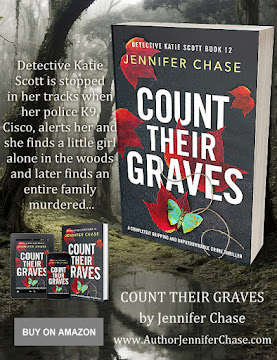































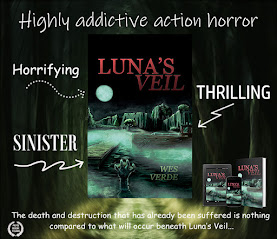
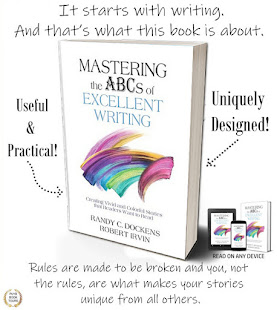
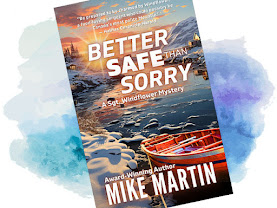
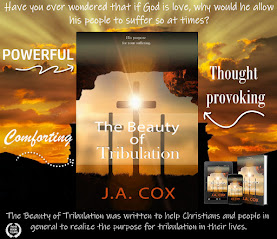













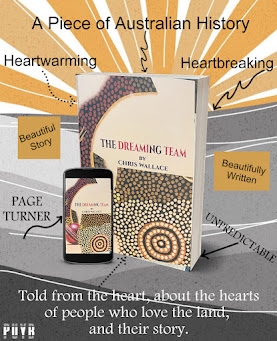




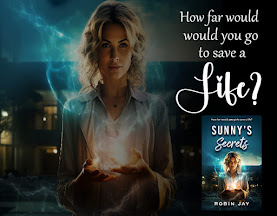

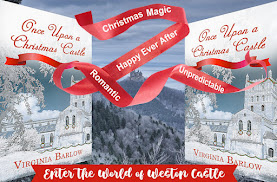


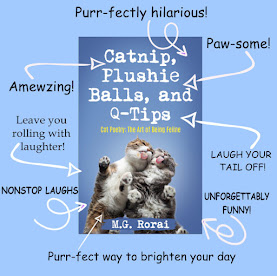



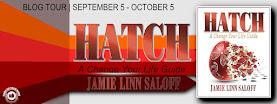

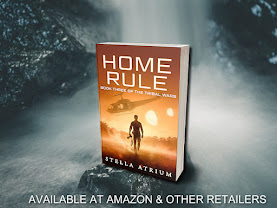

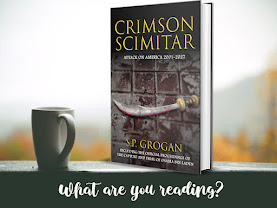


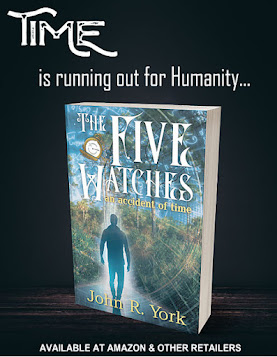

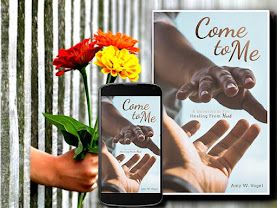



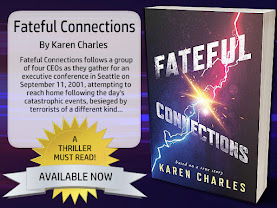


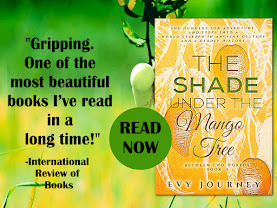



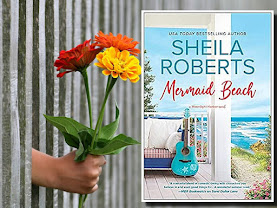



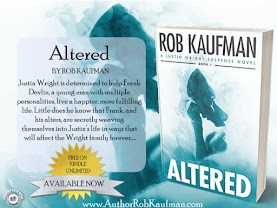
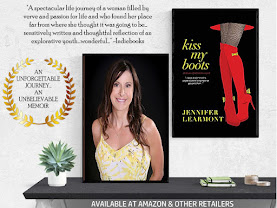
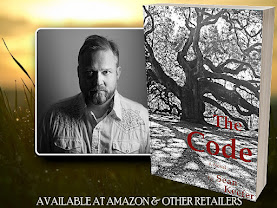

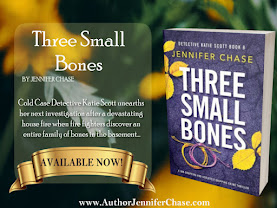

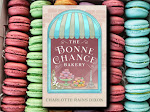
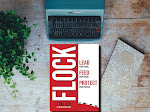


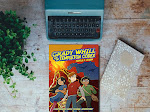


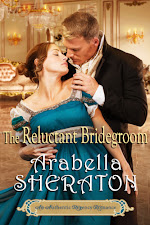
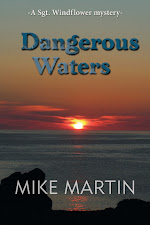



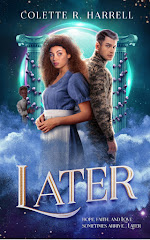
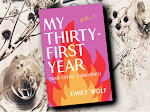
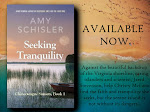


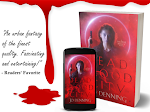


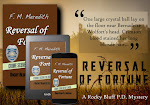

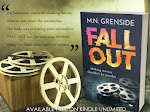


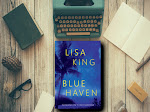




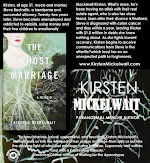

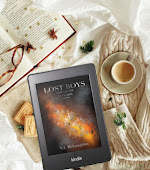


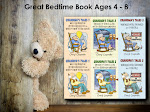

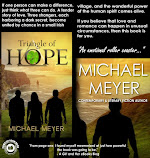
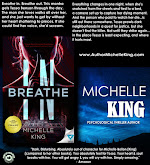
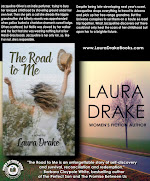


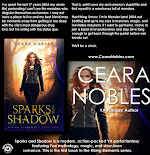
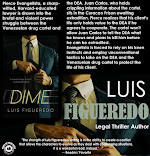










































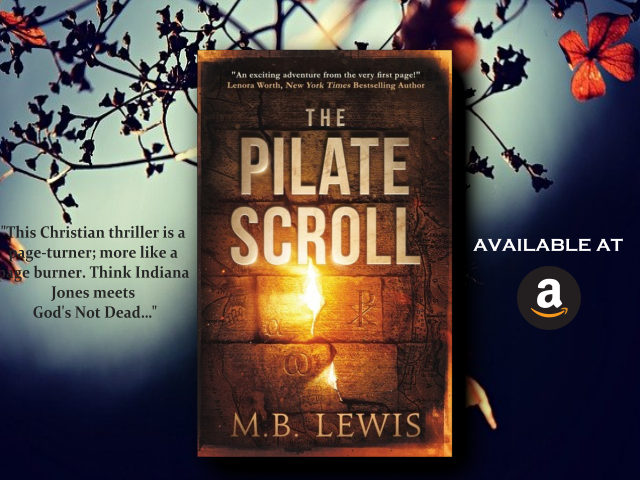













Leave a Comment